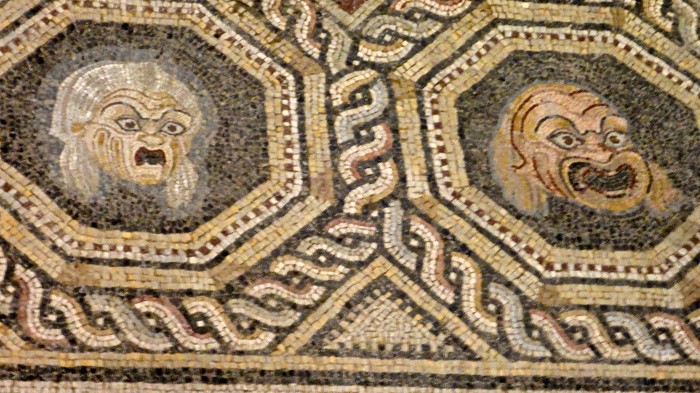The Nature Island
Dominca, Leeward Islands It is said that if Christopher Columbus came back to the Caribbean, the only island he...
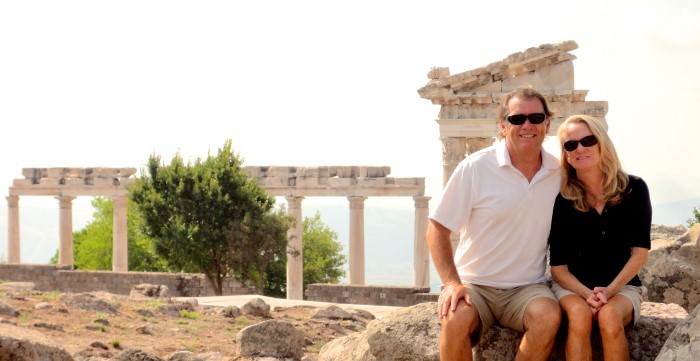
We have been to a lot ancient sites in Europe. Some were meticulously renovated so it was easy to picture the history that took place there, while others were rocks and rubble that required more information and imagination to conjure up a visual image of the past. On a day trip to Bergama (Pergamum) Turkey, we saw both restored ruins and rocks, that would soon become restored ruins. And we were able to witness some the tedious processes of excavating and renovating an enormous ancient site.

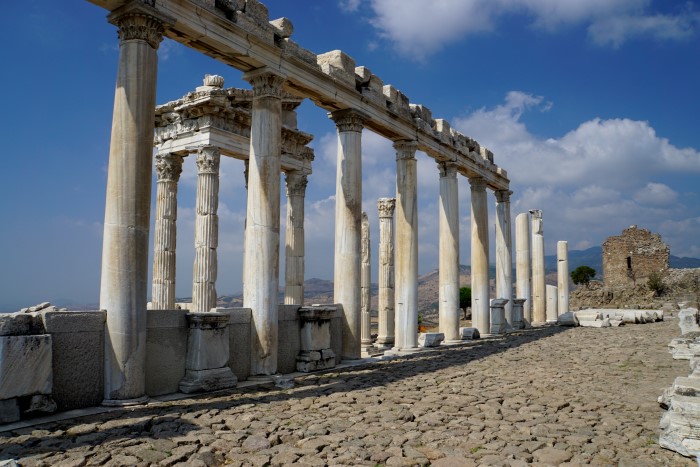
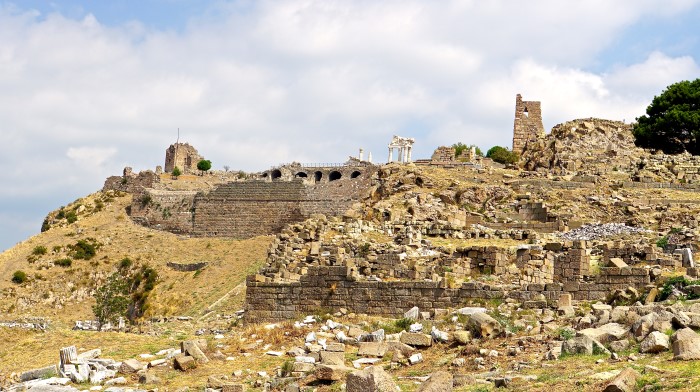
Pergamum is an important ancient city that, over time, attracted artists and philosophers, housed the famous library of Pergamum, was one of the ancient world’s main centers of learning, became the capital of the Roman province of Asia, and produced a famous medical center, the Asclepieum.
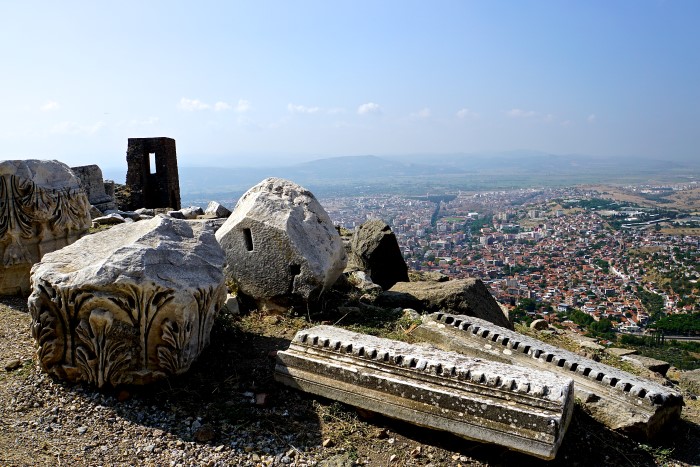
The Library of Pergamon was second best in the ancient Greek civilization. Legend has it that Mark Antony later gave Cleopatra all of the 200,000 volumes at Pergamum for the Library at Alexandria as a wedding present.
We walked miles down the hill, seeing the ancient city in various stages of disrepair and wondered who the people working were, volunteers? If not, who pays them?

There are more than 400 well-conserved and renovated world heritage sites in Europe. From prehistoric cave paintings, mosaics, forts and historic monuments, to medieval castles, monasteries and market towns, to entire cities created by ancient civilizations. It is difficult to imagine the resources required to turn these piles of rubble into accurate recreations of past civilizations, fascinating places to explore.

